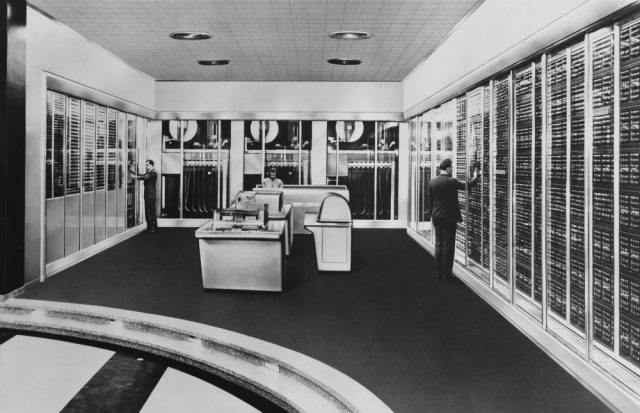Enterprises hang onto mainframes as migration strategies shift

A new report suggests that faced with mounting competition and economic uncertainty, 92 percent of global enterprises are changing course to retain mainframes as part of pragmatic hybrid strategies, rather than pursuing wholesale cloud shifts.
The latest Mainframe Modernization Business Barometer Report from Advanced, based on a survey of 400 IT leaders worldwide, reveals hybrid infrastructure strategies taking hold to balance workloads across cloud and mainframe. In fact, only six percent expect outright mainframe replacement anytime soon.
"The pressure to migrate all data to the cloud has faded," says Tim Jones, managing director of application modernization at Advanced. "With half of respondents' critical information still on mainframes, but only eight percent of their IT budget allocated there, retaining mainframes as part of hybrid strategies makes the most sense for innovation, efficiency, resilience and sustainability."
Wholesale migration has faced setbacks due to unforeseen complexities around legacy system interdependencies. So with budget constraints and economic headwinds, the renewed focus on mainframes' stability has prompted a strategic shift. There are some exceptions, however. The potential of AI has led to 52 percent accelerating migration to access AI/ML capabilities more readily and 29 percent pursuing integration directly on mainframes.
The report also finds that modernization has driven a 96 percent increase in DevOps adoption, fostering collaboration over cumbersome processes. However, challenges persist around the integration of tools, processes, and culture, especially in government (76 percent) and manufacturing (62 percent).
Other IT priorities include contributing to green initiatives (42 percent), enhancing reputation (38 percent), and improving energy efficiency (37 percent) through consolidation, scalable cloud solutions, clean energy mix, and mainframe optimization.
"Rather than all-or-nothing migrations, nuanced workload-by-workload evaluation and staggered transitions aligned to business priorities better balance legacy reliability with next-gen innovation," Jones adds.
The full report is available from the Advanced site.
Image credit: everett225/depositphotos.com
